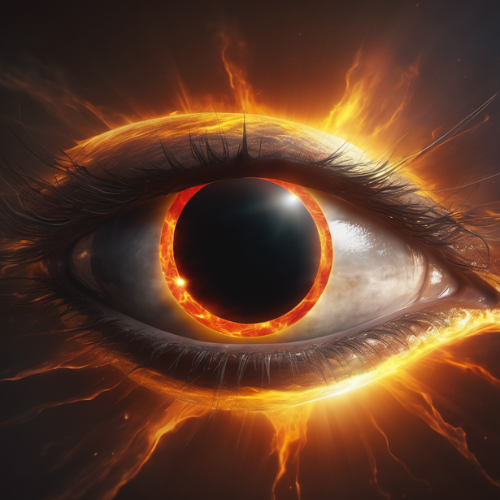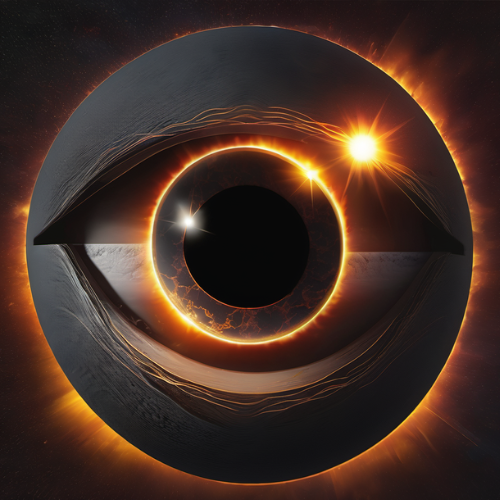

Runes
Runes are ancient alphabets used primarily by the Germanic peoples, including the Norse, Anglo-Saxons, and other early European cultures. Beyond their use as a writing system, runes held significant cultural, mystical, and divinatory meanings.
History of Runes
Origins and Development
- Proto-Germanic Roots: The runic alphabets are believed to have developed around the 2nd to 8th centuries CE. Their exact origins are unclear, but they are thought to be influenced by the Latin alphabet, the Greek alphabet, and possibly the Etruscan writing system.
- Elder Futhark: The earliest and most well-known runic alphabet is the Elder Futhark, used from approximately 150 to 800 CE. It consists of 24 characters and is named after its first six letters: F, U, Þ (Th), A, R, K.
- Younger Futhark: Around the 8th century, the Elder Futhark evolved into the Younger Futhark, used by the Norse during the Viking Age. It consists of 16 characters and is divided into the Long-branch and Short-twig (or Rök) runes.
- Anglo-Saxon Futhorc: In England, the runic alphabet expanded to 33 characters to accommodate the Old English language's phonetic needs. This version is known as the Anglo-Saxon Futhorc.
Structure of Runes
- Characters and Phonetics: Each rune corresponds to a specific sound or phoneme. Unlike modern alphabets, runes are more than just phonetic symbols; each rune carries its own name and symbolic meaning.
- Runic Alphabets: There are several runic alphabets, but the most notable are:
Runic Symbols and Meanings
Each rune in the Elder Futhark has a name and symbolic meaning, often associated with nature, deities, and everyday life. Here are a few examples:
- Fehu (ᚠ):
- Uruz (ᚢ):
- Thurisaz (ᚦ):
- Ansuz (ᚨ):
- Raido (ᚱ):
- Kenaz (ᚲ):
Uses of Runes
- Writing and Communication: Initially, runes were used for practical purposes like inscriptions on monuments, weapons, and everyday objects. They recorded significant events, ownership, and commemorations.
- Magic and Divination: Runes were believed to possess magical properties. They were used in various rituals, spells, and divination practices to seek guidance, protection, and insight.
- Amulets and Talismans: Runes were often inscribed on amulets, talismans, and personal items to invoke their protective and beneficial powers.
Runic Divination
Runic divination, also known as "rune casting" or "runecasting," involves interpreting the symbols of runes to gain insight and guidance.
Methods of Rune Casting
- Drawing a Single Rune: The simplest method involves drawing a single rune from a bag or set. This rune represents the answer to a specific question or the theme for the day.
- Three-Rune Spread:
- Nine-Rune Cast: The practitioner casts nine runes onto a surface and interprets their positions relative to each other. This method offers a comprehensive overview of a situation.
- Runic Layouts: Similar to tarot spreads, specific layouts can be used, each position representing different aspects of a query or life situation.
Interpreting Runes
- Upright and Reversed: Some practitioners interpret runes differently based on whether they fall upright or reversed (upside down). This can alter the meaning to indicate positive or negative aspects.
- Context and Intuition: Interpretation relies on the traditional meanings of the runes, the context of the question, and the intuition of the reader.
Runic Inscriptions and Bind Runes
- Runic Inscriptions: Runes were inscribed on objects for various purposes, such as gravestones (rune stones), memorials, and everyday items. These inscriptions often combined practical and magical uses.
- Bind Runes: Combining two or more runes into a single symbol creates a bind rune. This technique amplifies the power of the runes and is often used in magical practices and personal sigils.
Modern Use and Revival
- Neo-Paganism and Heathenry: Modern practitioners of Neo-Paganism, Heathenry, and Asatru have revived the use of runes for both magical and divinatory purposes, integrating them into contemporary spiritual practices.
- Art and Literature: Runes appear in modern art, literature, and popular culture, often symbolizing ancient wisdom, mysticism, and magic.
- Personal Development: Some people use runes for personal growth, meditation, and introspection, finding them a powerful tool for exploring inner wisdom and self-awareness.
Conclusion
Runes are a multifaceted system of symbols with a rich historical and cultural heritage. They serve as an ancient alphabet, a mystical tool for divination and magic, and a means of personal and spiritual development. Whether used for writing, divination, or as symbols of power and protection, runes continue to fascinate and inspire people around the world. Through their intricate meanings and profound symbolism, runes offer a unique connection to the ancient past and a powerful tool for exploring the mysteries of the present and future.

Angels
The foundational step of our heavenly ascent, these beings are deeply intertwined with human stories. They act as heralds, conveying divine messages to mortals, transporting our prayers heavenward, and occasionally gracing us with miraculous interventions. Their resonance with our world is profound, sharing in our dreams, aspirations, and challenges.

Archangels
Ascending, we encounter the Archangels, luminous figures whose names echo through spiritual tales. Michael, the protector; Gabriel, the communicator; Raphael, the healer — their ancient influence on human history is legendary, offering guidance, defense, and illumination.

Principalities
As we rise, the Principalities come into view, overseeing realms beyond individual destinies. Entrusted with the guardianship of nations and rulers, they weave divine intent into the tapestry of global events.

Powers
These cosmic guardians uphold the balance of the universe. Battling celestial disturbances, the Powers ensure harmony between the ethereal and the earthly.

Virtues
Higher still, the Virtues emanate divine grace, channeling celestial energy to spark miracles and blessings upon our realm.

Dominions
Holding authority in the higher celestial order, the Dominions enact the divine will, ensuring cosmic laws are maintained and executed.

Thrones
As channels of divine justice and authority, the Thrones are pivotal in maintaining the balance of universal energies, always aligning with the Divine's grand design.

Cherubim
Approaching loftier heights, the enigmatic Cherubim stand guard, protecting profound divine truths. Their multifaceted presence embodies both divine might and compassion.

Seraphim
At the cusp of the angelic echelons, the Seraphim blaze fiercely, their love for the Creator so intense that they are known as the "burning ones," their voices eternally singing praises to the Divine.

Sephirot
Beyond the Seraphim, we delve into the mystic realm of the Sephirot. Ten emanations through which the Divine interacts with the universe, each Sephirah is a reflection of God's attributes, from wisdom to beauty, from understanding to foundation.

Ain Soph Aur
Ascending further, we approach the limitless light, the Ain Soph Aur. This is the primordial glow, an infinite radiance preceding creation, from which all divine emanations flow.
Dear Seeker,
With each step, each revelation, we have journeyed together through the vast tapestry of celestial wonder, moving from the simplest angelic whispers to the profound mystery of the Divine Essence itself. As we stand at this pinnacle, we have glimpsed the very heart of divinity and beheld the myriad luminosities that populate the heavens.
Yet, the journey of understanding is infinite. Like the starlit sky, its vastness beckons, each point of light a question, an exploration, a discovery. While we've ascended to great heights, remember that the cosmos is vast in every direction. If your heart yearns for deeper mysteries, for realms less trodden, know that there exists another path, leading not skyward, but into the profound depths of the abyssal descent.
For in understanding the light, one must also confront the shadow. In the dance of creation, both have their place, and for the true seeker, every path, every journey, whether ascendant or descendant, leads to deeper wisdom.
May your heart be your compass, and may the Divine light your way, no matter where your journey takes you.